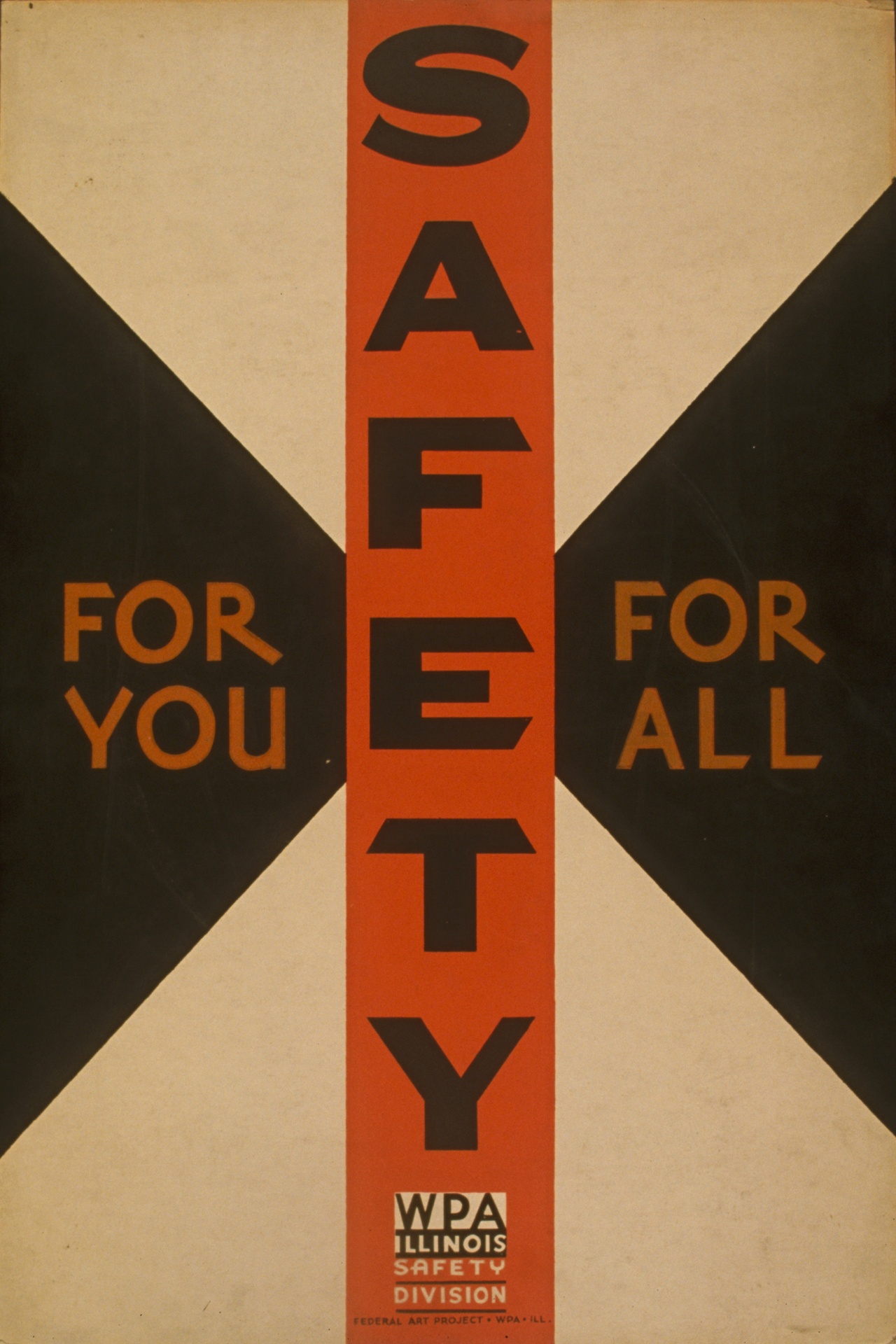Can Safety Management be a good analogue for KM?
 |
| Vintage safety poster from public domain images |
- Both are management systems for dealing with intangibles.
- Both are leaps in thinking from treating safety/knowledge as something personal, to treating it as something of company priority
- Both require introduction of a framework, including roles, processes, governance, and technology support
- Both need to be introduced as change programs.
- Both deliver step changes in performance.
One of the early exercises for any knowledge manager in an organisation where a safety culture is in place, is to look at how safety management was implemented; what succeeded, what failed, what needed to be in place, and therefore what the lessons are for KM. Culture change is possible, implementation of a new intangible-management system is possible, and KM can learn from that.
There are plenty of public-domain guides to introducing a safety culture, which can also be used as templates for introducing a KM culture. For example;
ISHN provide 8 tips (my additions in italics, to show how it could apply to KM)
- Define safety (KM) responsibilities
- Share your safety (KM) vision
- Enforce accountability
- Provide multiple options
- Report, report, report
- Rebuild the investigation (lesson learning) system
- Build trust
- Celebrate success
OSG provide 6 tips -
- Communicate
- Provide Training
- Lead by Example
- Develop and Implement a Positive Reporting Process
- Involve Workers .
- Put your JHSC (Knowledge Management Framework) into Action
However all analogies break down somewhere, and one of the major differences between KM and Safety Management is that a safety incident is very visible; as lost time, or as an injury. A lost time incident is far more visible than a lost knowledge incident. Therefore safety management is easier to implement, because the outcomes are so visible, and performance metrics can easily be captured and shared.
However, intangible metrics are used in Safety are only recorded because people take time to record them, and one of the things they record are the near misses and the "high potential events" (times when things COULD have gone horribly wrong. These events and near misses themselves don't result in accidents or injury, but are a leading indicator, and show that safety processes are not being applied.
An equivalent leading indicator in KM would be the number of lessons without closed-out actions in a learning system, or the repeat mistakes, or the number of unanswered questions in a community forum - indicators that knowledge processes are or are not being applied. So although we cannot capture a "lost knowledge incident" we can at least record whether the right questions are being asked, or the right observations and insights shared.
Indirect outcome-based metrics can be applied to knowledge management, the ultimate output being continuous business performance improvement. This does not directly measure knowledge, but indicates the effect of the application of knowledge. See my blog post on learning curves, and our website page on valuation of KM.




No comments:
Post a Comment